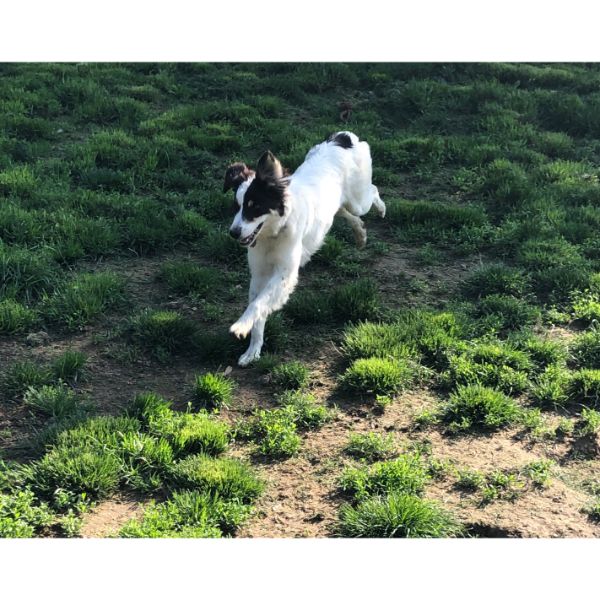
In the last post we talked about what separation anxiety is and what can cause it in our dogs. Now let’s talk about how to prevent it or how to deal with it if it has become an issue.
Separation anxiety happens when your dog becomes overly attached to you and gets anxious or distressed when you aren’t near. So, how do we keep this from being an issue? Especially now, with so many of us working full time from home, it is very tempting to let our dogs spend every waking moment with us. However, this can set them up for separation anxiety if there is a change in that schedule. What happens if you get called back to work in your office? Suddenly your dog has gone from being with you constantly to being without you 8 hours a day. For him that is a HUGE change and one that is very likely to be stressful if he hasn’t been properly prepared for it.
It is important to allow our dogs time to themselves. Crate training at an early age is wonderful for this. The crate is your dog’s safe space. A spot of his own where he can go to be by himself, either by choice or because you aren’t able to keep watch over him. It also gives him some sense of independence when he has been taught to be comfortable by himself. This can be in his crate, in a room alone, even left in your home briefly while you run an errand or go outside. Start small and work your way up to longer time periods. Give him a special chew toy in his crate or in a room and then walk away leaving him to himself to enjoy it.
Also allow your dog to get used to going new places. Take him on short outings or to the homes of friends or family. Let others get to know him and let him learn to trust others as well. Learning to adapt to new situations will help ease anxiety when there are changes such as a move to a new home etc.
How to treat minor separation anxiety
- Don’t make a big deal out of arrivals and departures — ignore your dog for the first few minutes then calmly pet him.
- Leave your dog with recently worn clothes that smell like you.
- Establish a word or action that you use every time you leave that tells your dog you’ll be back.
- Consider using an over-the-counter calming product that reduces fearfulness in dogs.
How to handle a more severe problem
Use the techniques outlined above and also teach your dog the sit-stay and down-stay commands using positive reinforcement. This will help him learn that he can remain calmly in one place while you go to another room.
Create a “safe place” to limit your dog’s ability to be destructive while you’re away. A safe place should:
- Confine the dog loosely (a room with a window and toys, not total isolation)
- Contain busy toys for distraction
- Have dirty laundry to lend a calming scent cue or other safety cues
How to cope while your dog learns to be calm
It can take time for your dog to unlearn their panic response to your departures. To help you and your dog cope in the short term, consider the following interim solutions:
- Ask your veterinarian about medication to reduce overall anxiety.
- Take your dog to a doggie daycare facility or kennel when you have to be away.
- Leave your dog with a friend, family member or neighbor when you’re away.
- Take your dog to work with you, if possible.
What won’t help
- Punishment. Punishment isn’t effective for treating separation anxiety and can make the situation worse.
- Another dog. Getting your dog a companion usually doesn’t help because his anxiety is the result of his separation from you.
- Crating. Your dog will still engage in anxiety responses inside a crate, and they may injure themself in an attempt to escape. Instead, create other kinds of “safe places” as described above.
- Radio/TV noise. This won’t help unless the radio or TV is used as a safety cue).
- Obedience training. While formal training is always a good idea, separation anxiety isn’t the result of disobedience or lack of training.

“Far more dogs adopted from shelters have separation anxiety than dogs kept by a single family from puppyhood.”
